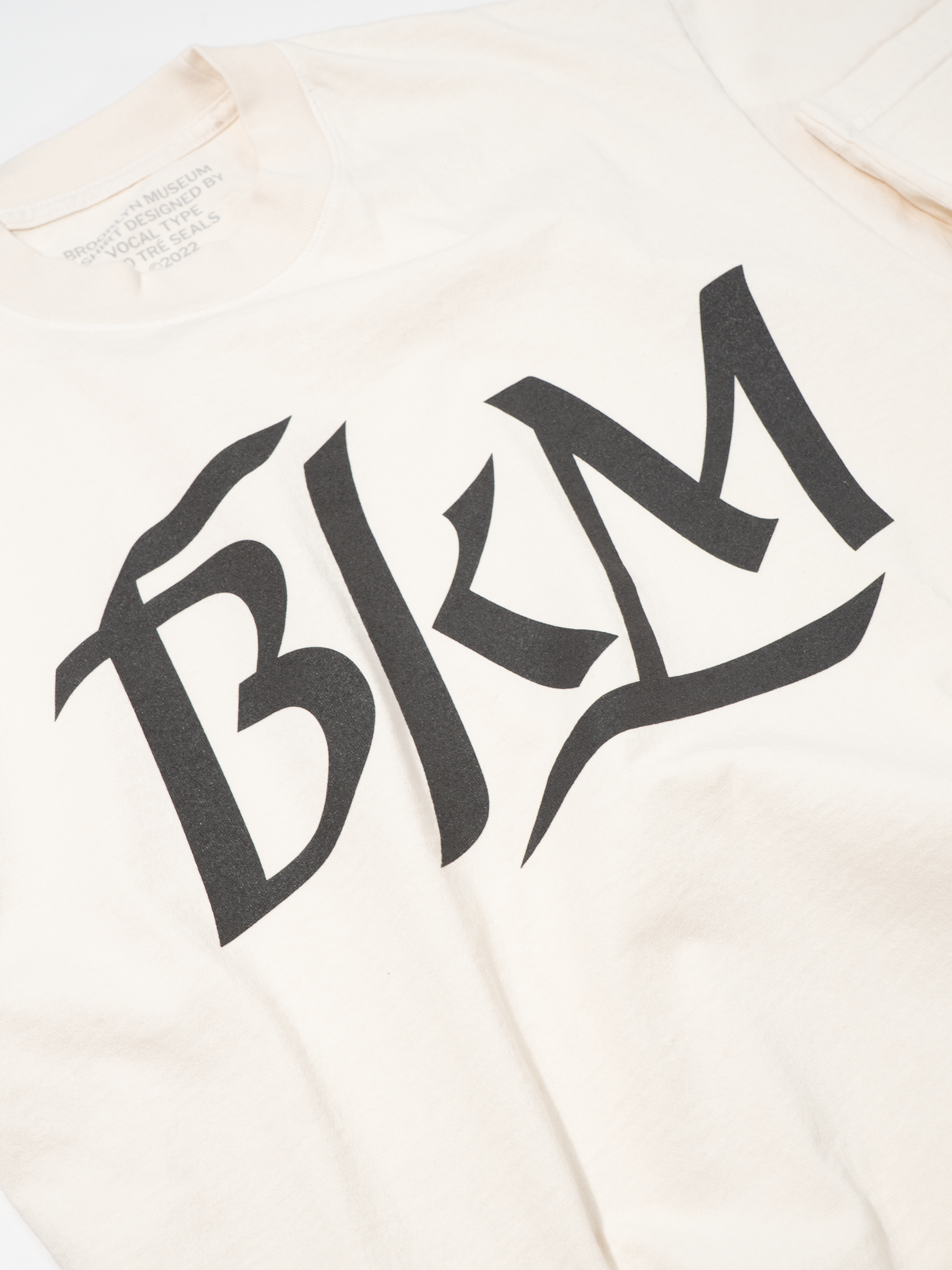Brooklyn Museum
In early 2022, Kate Foley, the Director of Merchandising and Retail Strategy of the Brooklyn Museum, reached out about designing a capsule collection for the museum shop. ¶ In case you're unfamiliar with the Brooklyn Museum, it's New York's second-largest museum, covering over 560,000 square feet and containing an art collection of around 500,000 objects. ¶ With the mission of bringing people together through art and experiences that inspire celebration, compassion, courage, and the will to act, I was more than happy to produce a capsule collection for an institution like this. ¶
History of the Brand
With a history steeped in the arts and sciences dating back to 1823 and an even deeper history in the arts and culture dating back to the 1890s, I wanted to create a collection inspired by the history of the museum’s brand. With the help of some of the staff, I was able to compile every logo the museum has ever had. ¶ From 1897 (the year the Brooklyn Institute of the Arts & Sciences became the Brooklyn Museum) up to the 1930s, the museum truly didn’t have use for a brand identity, like most businesses and organizations back then. However, this shield (not a logo in the modern sense) is the museum’s first semblance of a brand identity. However, for some reason, the institution's name was kept intact. ¶ Until the late 1940s, I suspect, the museum got an updated mark for color printing. This time, with a ‘BM’ monogram, and the first time that we are made aware of the Brooklyn Museum name. ¶ After the mid-to-late 1960s, the museum has held over forty (40) brand identities, changing throughout the years with gala themes, changes in leadership, and changes in the times. ¶
Updating the Monogram
After retracing the museum’s first logo, with its flare and beauty, it still felt a bit dated. Also, Anne Pasternak, the museum’s director, said, “No one wants to wear a piece of clothing that has ‘BM’ on it.” ¶ I’ll leave it to your imagination or a Google search to figure out what she meant, but regardless, it was true. ¶ So, as I began creating a modern interpretation of the original monogram, I noted what features to keep and what to remove. Most of those features involved unifying the weight of the strokes and minimizing some flourishes. The slant from 'B' was kept and applied to the 'M' so they all flowed in the same direction. Most importantly, a lowercase 'k' was added. ¶
The Typeface
Once the updated monogram was complete, I created a custom typeface for the collection. Unlike the monogram, the typeface took inspiration from two sources: 1. the museum's first logo and 2. their current logo. ¶ This custom typeface merges the calligraphic features of the past monogram and the grotesque sans serif of their present identity to form a possible vision for a possible future. ¶
The Capsule Collection
Now that these assets were complete, it was time to put them to use in the capsule collection. ¶ I began by devising a color palette that matched the museum brand and my personal taste. Aside from black and vintage white, I looked through the museum's brand guidelines for inspiration. I found an almost fluorescent blue used for one of the bandanas, which later inspired a more subdued denim blue cap. ¶ From there, I began the search for one more color to be used on a sweatshirt. As I looked back on my progress, I decided to take inspiration from the event that led to this project. In November of 2021, Instagram and the Brooklyn Museum announced their first annual Black Design Visionaries grant program winners, of which I was one of the winners. Because of this achievement, I was on Kate Foley's radar. As such, the color of the sweater is based on the yellow from the grant program's brand identity. ¶
-
Partner(s)
Creative Director: Kate Foley
-
Timeline
Start: 08.2021
End: 10.2021
Launch: 08.2022 -
Service(s)
Fashion
Identity
Lettering
Type Design -
Note(s)
N/A



























